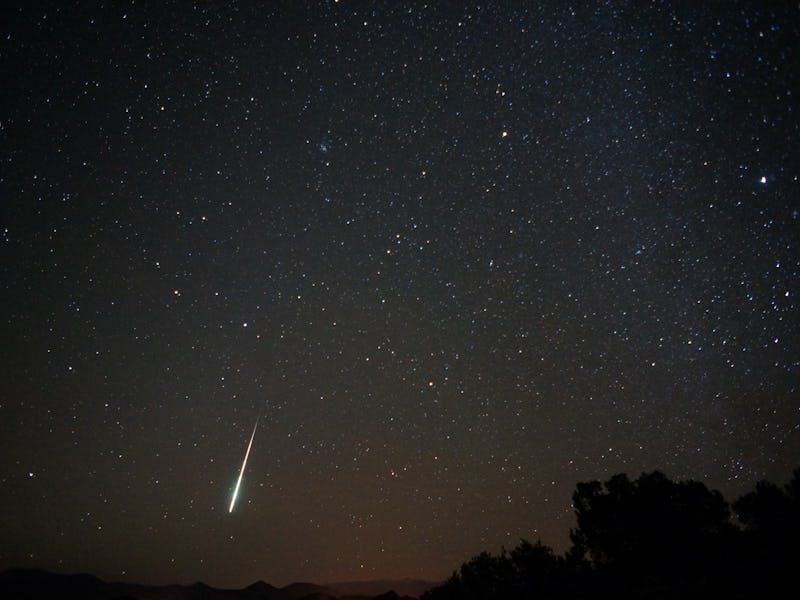Where to Look at the South Taurid Meteor Shower
A long, slow shower.

The Taurids Meteor Shower is a very long, very slow annual event. It begins in September and can last all the way up until December. But on November 5 and 6, we’ll get one of the two main phases: the South Taurid Metoer Shower. Two days is pretty long for an astronomical event, but only expect to see a handful of meteors an hour.
The Taurid consists two streams, which is uncommon. The first is produced by dust grains left behind by Asteroid 2004 TG10. The second stream is produced by debris left behind by Comet 2P Encke.
The name “Taurids” comes from the meteors’ location in the sky, near the constellation Taurus. While you can look toward Taurus to best see the shower — the radiant point is at Taurus — it’s not necessary, as you’re most likely to just see fireball-like objects flying across the sky.
That fireball appearance makes the Taurid a must-see meteor shower. Fireballs tend to be bigger than typical shooting stars. As stated, the meteors are formed from debris, so they have the potential to be fairly large. In addition, because they collide with Earth’s atmosphere, there’s friction, which heats them up, causing them to burn up, which we perceive as fire.
This year, the moon will be a slim waning crescent, which shouldn’t be too bright for the South Taurid Meteor Shower. Although the number of meteors per hour will still be small, the greatest number of visible meteors will likely be in the middle of the night — between midnight and dawn — on November 5.
If you’re in the Northeast — say, Brooklyn — look 60 degrees above your southeastern horizon (so toward the sky, but not all the way upward) around midnight for best viewing.
But if you happen to miss the South Taurid, you don’t have to wait too long. The North Taurid shower is expected November 11 and 12.